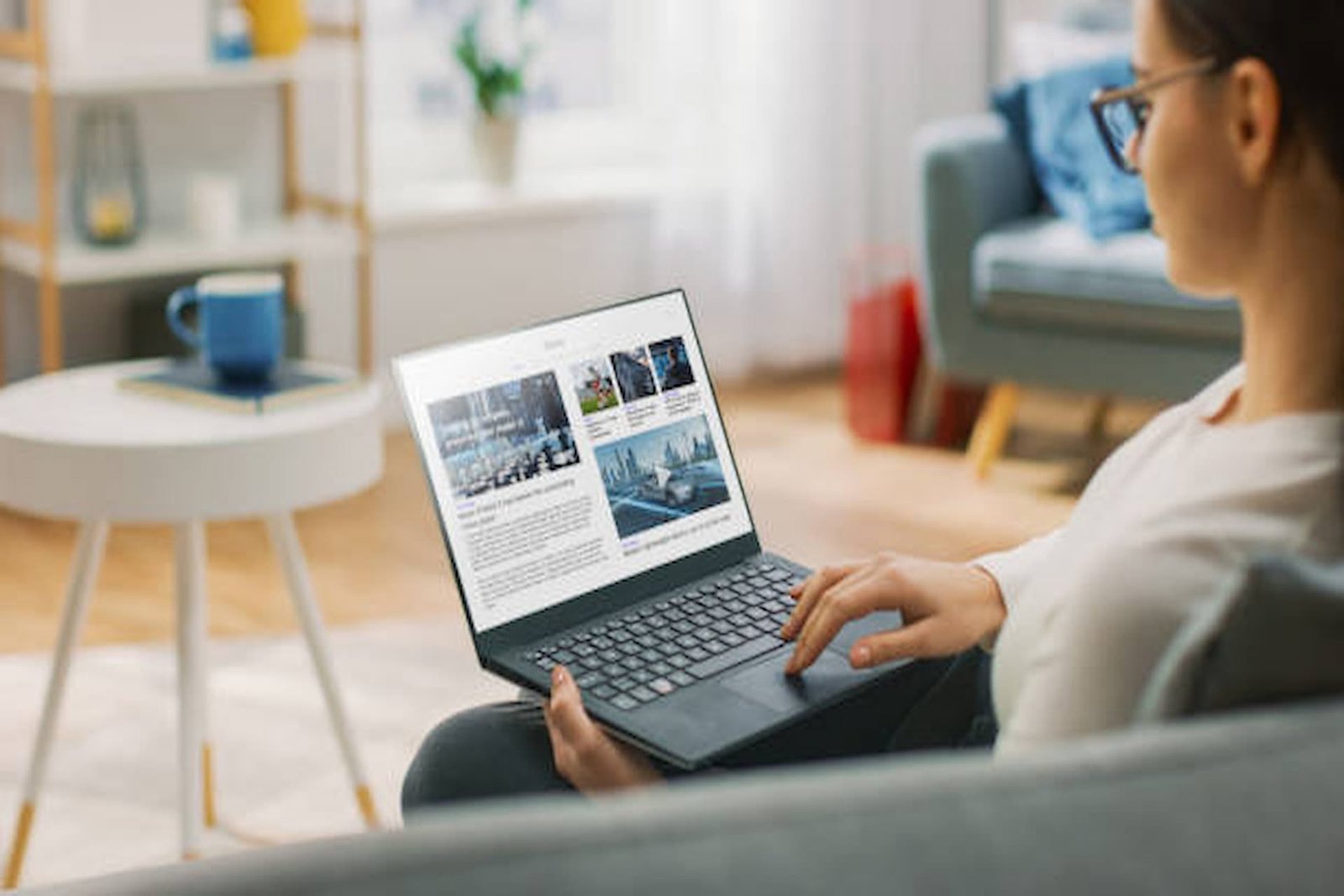Hyperlinks are the foundation of website navigation. When used correctly, they improve user experience, guide visitors to relevant information, and enhance website usability. However, poorly implemented hyperlinks—such as broken links, excessive linking, or misleading anchor text—can frustrate users and drive them away. Understanding the role of hyperlinks is essential for web designers, content creators, and digital marketers. This article explores how hyperlinks impact usability, their role in SEO, best practices for effective linking, and common mistakes to avoid.
Introduction
In an era where users expect fast and intuitive web experiences, website navigation plays a crucial role in engagement and retention. Hyperlinks serve as digital pathways, connecting web pages and helping users access relevant information with ease. Whether they direct users to another page on the same site or provide external resources, hyperlinks significantly influence how visitors interact with a website.
While hyperlinks may seem like a simple element, their effectiveness depends on strategic implementation. Poor hyperlinking practices, such as using generic anchor text, overloading pages with links, or failing to maintain them, can lead to user frustration and negatively impact search engine rankings. On the other hand, a well-planned hyperlink strategy can enhance navigation, boost engagement, and improve SEO. This article explores the impact of hyperlinks on website usability and user experience, along with best practices to ensure they enhance, rather than hinder, a site’s performance.
Why Hyperlinks Are Essential for Website Usability
Enhancing Navigation and User Flow
Hyperlinks create a seamless browsing experience by guiding users to related content. Internal links keep visitors engaged by directing them to relevant pages within the same website, while external links offer additional resources. When structured effectively, hyperlinks reduce frustration and improve user satisfaction.
A study by Nielsen Norman Group found that users typically leave a webpage within 10-20 seconds if they do not find relevant content. Well-placed hyperlinks help retain visitors by making navigation intuitive and efficient.
Improving SEO Performance
Search engines rely on hyperlinks to index content and determine page authority. Internal linking helps search engines understand a website’s structure, while backlinks from external sources enhance credibility. Websites with a strong internal linking strategy can experience a significant boost in search visibility.
According to Backlinko, sites with well-structured internal linking can see a 40 percent increase in search visibility. By strategically placing links, website owners can improve both user experience and SEO rankings.
Increasing Engagement and Session Duration
Hyperlinks encourage visitors to explore additional content, leading to longer session durations and lower bounce rates. A well-thought-out linking strategy keeps users on the site by directing them to useful resources, such as blog posts, product pages, or FAQs.
Research from Ahrefs suggests that websites using internal linking effectively see an increase in page views per session by 30 percent or more. Businesses can improve engagement and enhance the user journey by providing relevant links.
Best Practices for Effective Hyperlinking
Use Clear and Descriptive Anchor Text
Anchor text should give users a clear idea of what to expect when they click the link. Vague phrases like “click here” or “learn more” do not provide enough context. Instead, anchor text should be relevant to the linked content and incorporate keywords naturally.
Example:
- Instead of Click here to learn about SEO strategies, use Explore effective SEO strategies for website optimization.
Optimize Internal Linking for a Better User Experience
- Link to relevant content that adds value to the user journey.
- Maintain a logical site structure to ensure easy navigation.
- Avoid excessive internal linking on a single page, as it can overwhelm users.
Ensure Links Open in the Right Context
- Internal links should open in the same tab to maintain user flow.
- External links should open in a new tab to prevent users from leaving the website entirely.
Regularly Check for Broken Links
Broken links harm user experience and SEO rankings. Regularly audit hyperlinks using tools like Google Search Console or a free hyperlink generator to identify and fix broken links.
Studies indicate that broken links can increase bounce rates by up to 88 percent. Maintaining functional and relevant hyperlinks is essential for user retention and website credibility.
Maintain a Balanced Link-to-Text Ratio
Adding too many hyperlinks in a single paragraph can make content difficult to read. Links should be spaced out naturally and used where they provide the most value.
Common Hyperlink Mistakes to Avoid
Using Too Many External Links Without Adding Value
External links can enhance credibility, but excessive outbound linking can distract users. When linking to external sources, ensure that the content is valuable and relevant to the topic.
Overusing Exact-Match Anchor Text for SEO
While using keywords in anchor text is beneficial, excessive use of exact-match keywords can lead to search engine penalties. Anchor text should flow naturally within the content.
Not Updating Outdated Links
Websites frequently update their content, and outdated hyperlinks can lead to 404 errors. Regularly reviewing and updating links improves usability and ensures that users have access to relevant resources.
How to Optimize Hyperlinks for a Better User Experience
- Use a mix of internal and external links to provide a balanced navigation experience.
- Ensure hyperlinks are mobile-friendly, as mobile users interact differently with links than desktop users.
- Utilize a free hyperlink generator to simplify and automate link management.
- Make hyperlinks visually distinct by underlining or using a different text color to improve accessibility.
- Implement tooltips to provide users with brief descriptions of linked content before they click.
According to Google, mobile-friendly websites with a well-structured linking system see a 30 percent increase in engagement rates. By optimizing hyperlinks for usability, websites can improve both user satisfaction and SEO performance.
Final Thoughts
Hyperlinks play a crucial role in website usability and user experience. A well-structured linking strategy enhances navigation, improves engagement, and boosts SEO performance. By following best practices such as using descriptive anchor text, maintaining a balanced link structure, and regularly checking for broken links, website owners can create a seamless browsing experience.
A website’s success depends on how easily users can find and interact with content. Thoughtfully placed hyperlinks guide visitors, keep them engaged, and contribute to overall site credibility. Whether designing a new website or optimizing an existing one, focusing on hyperlink usability is essential for long-term success.


